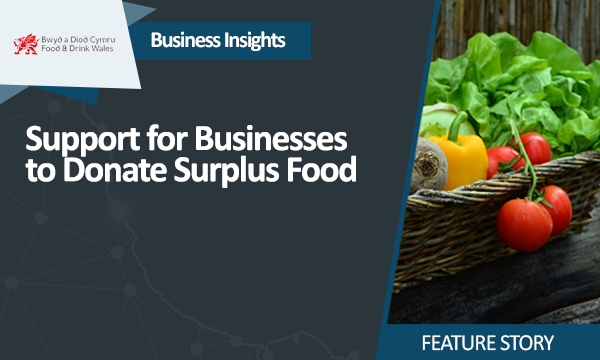 By Robert Lloyd Griffiths OBE,
By Robert Lloyd Griffiths OBE,
Director for Wales,
ICAEW (Institute of Chartered Accountants in England and Wales)
__________________________________________________________________________________________________________________
Inflation is hitting us all hard right now. It has been rising following the coronavirus pandemic and global lockdowns because as economies opened up last year, people were able to spend their money again. Demand for goods and services has increased, putting pressure on businesses and supply chains.
However, our members are telling us that there are many underlying and inter-related factors that are driving inflation. For example, employers are having to offer higher salaries to attract and retain talent in an incredibly competitive recruitment market. For most businesses, these increased costs have to be passed on to the consumer.
And in recent months, the dreadful war in Ukraine and subsequent sanctions on Russia have led to more pressure on fuel and food prices. The Office for National Statistics (ONS) notes that the largest upward contributions to the inflation rate came from housing and household services (including gas, electricity and other fuels) and transport (including motor fuels and second-hand cars).
Businesses are affected by supply pressures as they pay more to buy materials and products which is pushing up production costs.
Perhaps it is therefore no surprise that inflation has risen to a new 40-year high, reaching 9.4% in July. This latest increase means that the UK has had the highest rate of inflation seen in any Group of Seven advanced economy since 1985, although there are smaller European Union countries that are currently seeing even faster growth in prices. However, our situation is expected to get much worse in October when recent wholesale prices for energy feed through and the Government’s price cap increases again. That’s a worry for us all.
ICAEW’s interactive graphic sheds light on the likely outlook for inflation. It features decades of inflation data that helps us to understand the current economic situation and the likelihood of a recession.
The interactive tool shows the ups and downs of the economy over the last 75 years. Based on data from the ONS, the inflation graphic gives a month-by-month breakdown for the period between 1950 and 2022. Projection data forecasting up to 2025 was sourced from the Bank of England. It’s a useful and interesting tool that is available to all.
Bringing inflation under control is a challenge for any Government, particularly against a backdrop of the Russian invasion of Ukraine, continued concerns about Covid-19 and the risk of a wage-price spiral. That’s why I believe that we need to see the introduction of policies that encourage economic growth and continued financial support for businesses to have the headroom to invest and grow.
As Chartered Accountants, our members are saying that inflation makes planning and investment decisions harder, and at a macro level, it may be associated with recessionary tendencies in an economy, leading to cutbacks in consumer spending. Improving productivity is key to keeping inflation down for us all.
One thing is for sure. Whether it is Rishi Sunak or Liz Truss, our new Prime Minister is going to need to dig deep because, with the public sector deficit having reached £55 billion in the first three months of the fiscal year and a recession looming, the pressure really is on.













